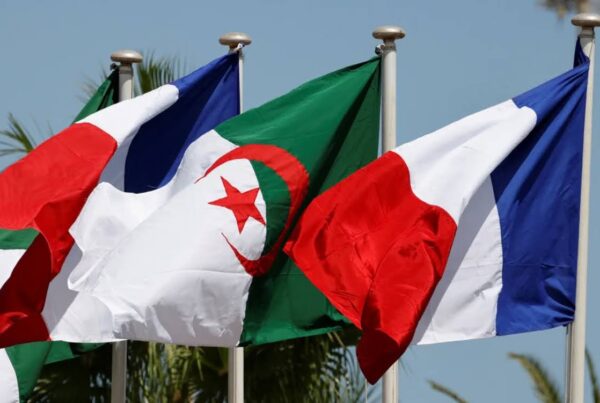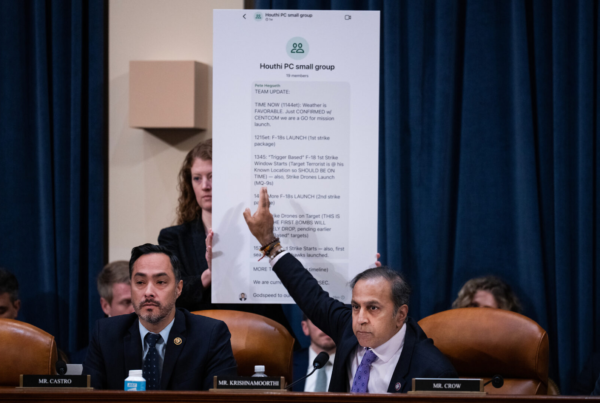By Isabelle Ava-Pointon

Picture Source: Mstyslav Chernov // Unframe // Wikimedia
In December 1991, Ukraine broke off from the USSR via referendum and gained its status as an independent state for the first time, barring a short-lived republic from 1918-1921. By 2004, a dirty campaign by Yanukovych involving the poisoning of opposition candidate Yuschenko and the barring of his representatives from certain cities, as well as the fraudulent election results, drew hundreds of thousands of citizens out into the streets of Kyiv and other cities around the country. The protesters objected to the election of Victor Yanukovych, protégé of the incumbent President Kuchma. The country narrowly escaped a civil war and possible disintegration thanks to a Supreme Court ruling that annulled the election results and called for a new election which resulted in opposition candidate Victor Yuschenko taking office.
Nearly ten years later, in late autumn 2013, Ukrainians once again took to the streets to protest. This time, they were protesting then-President Yanukovych’s corrupt and authoritarian rule, and more specifically his decision to pull out of the EU Association Agreement in favour of further integration with the Russian-led Eurasian Economic Union. Protests gave way to violent rioting in January, and the introduction of draconian anti-protest laws spurred hundreds of thousands to take to the streets. The killing of 100 protesters by security forces further fuelled the protests. In late February, Yanukovych, facing impeachment or worse, fled the country for Russia.
Many argue that the Orange Revolution of 2004, and its related “Color Revolutions” in ex-Soviet republics, were the catalyst for the souring of post-Cold War Russian-Western relations. Some analysts consider that the Euromaidan revolution contributed to Putin’s decision to annex Crimea and invade Eastern Ukraine, in part to stop the spread of its democratic and liberal ideas into Russia. Thus the possibility of a third popular revolution in Ukraine has strategic importance.
This possibility was highlighted by the protests in Kyiv on February 4 which attracted between 2500 and 10,000 people. This protest was organized by Mikheil Saakashvili, former reformist President of Georgia and current Ukrainian opposition politician, head of the “Movement of New Forces” party.
Saakashvili is currently the most visible of Ukrainian opposition politicians. He left Georgia at the invitation of President Poroshenko to become a Ukrainian citizen and governor of the Odessa Oblast (administrative region). He quit that post soon after, claiming that his efforts at reform had been continually frustrated. Recently, he has become a vocal critic of Poroshenko and his government. This has led to the revoking of Saakashvili’s Ukrainian citizenship, an internationally illegal act (Art. 8.1) that leaves him stateless. His recent creation of a new political movement, and especially his mobilization of the citizenry into the streets, have made him a target. He has already been arrested multiple times in Ukraine, been placed under curfew, was tried for abuse of power in absentia in Georgia, and on Jan. 5 was sentenced to three years in prison, a conviction Saakashvili says is unfounded and politically motivated, and on February 5, the Kyiv Administrative Court of Appeal rejected Saakashvili’s appeal against the rejection of his request for political asylum, making his extradition to Georgia more likely. On February 12, at around 3:00 p.m., Saakashvili was arrested in Kyiv by security forces. The State Border service confirmed that he has been deported to Poland on a chartered flight.
The only other major opposition actor is Yulia Tymoshenko, but she has been mostly out of the public eye lately, and her failure to win the election after Euromaidan has arguably damaged her power and influence. Nevertheless, her party, the “Yulia Tymoshenko Bloc” is currently leading the polls for the upcoming elections, whereas Saakashvili’s party is not predicted to even pass the threshold for parliamentary representation. Thus, in terms of traditional methods for measuring political support, Tymoshenko seems to be the real threat to Poroshenko. However, Ukraine’s recent history is peppered with political victories achieved through non-traditional means, namely protests and revolution. Regardless of whether Tymoshenko or Saakashvili ends up in power, the fact that they are somewhat allied shows that it is unlikely that Poroshenko will get another term in office. He will either be voted out of office in May 2019 and replaced by Tymoshenko, or forced out of office by Saakashvili-led protests and replaced by the man himself or Tymoshenko.
Recently, Saakashvili has been organizing ever bigger protests. This most recent one called specifically for Poroshenko’s resignation before Feb. 18. This date is significant as it was the last major day of the Euromaidan revolution four years ago. Indeed, the next planned protest is scheduled on that date.
President Poroshenko has begun to lose the faith of the people. Although he began his term with promises to fight corruption and increase integration with Europe, he has recently reneged on some of his reforms, firing the head of the anticorruption parliamentary committee, fining the head of the National Anticorruption Bureau, and endangering the creation of a National Corruption Court. These moves have drawn international condemnation. Despite Poroshenko’s subsequent statement that he “will not allow discrediting of the work of anti-corruption bodies” and his recent request to parliament to create a National Corruption Court, it is clear that he is not serious about combating corruption in Ukraine. Meanwhile, inflation remains high, Crimea is still in Russian hands and the war in the East drags on. The Ukrainian people have begun to become disenchanted with their “Confectionary King” of a President.
This latest protest is only the newest in a series of growing protests that began in late October and November 2017. Another Saakashvili-organized protest on December 17 attracted a few thousand protesters, and became violent as they attempted to seize a building. This controversial protest shows that protesters are willing to use force when frustrated and ordered to do so by their leader Saakashvili.
There are striking similarities between the situation in Ukraine in 2013 and now. The protest on February 4 is a good illustration. People peacefully marching through Kyiv’s streets to its main squares, or maidans, were blocked by security forces who used the presence of another protest as a pretext for their actions. In addition, the regime erected metal structures in various squares to prevent the building of stages for speeches and protest rallies.
The similarities extend to a resurrection of the Automaidan, one of the defining characteristics of Euromaidan, involving hundreds of cars driving around Kyiv in convoys. They ferried protesters between sites, brought supplies to demonstrators, patrolled the streets to provide advanced warning of police movements, and blocked security force transports. It was the Automaidan that drove to Yanukovych’s mansion outside of Kyiv multiple times to threaten him. Once again, during the February 4 protest, demonstrators organized a new Automaidan convoy to drive to Poroshenko’s mansion.
The president is reneging on his promises of reform, corruption is rampant, the economy is crumbling and the people are angry. In fact, according to a poll, 53% of Ukrainians are ready to march in protest, while 14% advocate violent means. Protests continue in the capital, led by a well-known political figure championing political reform and the end of corruption, while Yulia Tymoshenko poses a huge challenge President Poroshenko in upcoming elections. It is clear that, one way or another, Poroshenko’s time in office is over. What remains to be seen is whether he will be ousted by popular revolution or by vote. Considering the growing protests and similarities to the Euromaidan, as well as government crackdowns on Saakashvili and other protest leaders, the revolution scenario seems more and more likely. Maybe this time, the Ukrainian people will protest their way to the responsible and reforming government that their country needs, and they deserve.
Other posts that may interest you:
- The Trouble with ‘Ecocide’
- Carbon dioxide removal – hit or miss?
- Local Victories for Turkish Opposition — A Sign of Hope?
- Are France and Japan a Mismatch Made in Heaven?
- A Reflection on Dark Tourism
Discover more from The Sundial Press
Subscribe to get the latest posts sent to your email.





